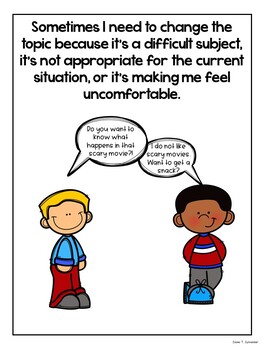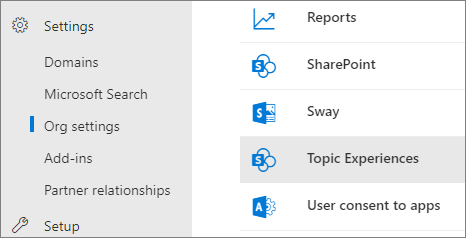

We will explore factors affecting climate change beliefs and related behaviors, including reactions to and support for policies. In this discussion-based policy seminar, we will examine an alternative framework for motivating environmentally-friendly behavior: psychological and social incentives. Most policy to address environmental issues such as climate change has focused on legal or economic tools such as prohibiting certain forms of pollution or giving subsidies for renewable energy.

If we want to solve or mitigate these problems, we must first understand what is driving these beliefs and behaviors. Yet like so many environmental problems?from habitat destruction to overconsumption of natural resources?climate change is the result of human behavior. And the significant political polarization surrounding climate change has turned it into a form of identity politics. For most Americans, it is a problem that will harm people who are far away in time and geography. Climate change is abstract and complex, making it hard for non-scientists (including policy-makers) to understand. Because every change is only as effective as it is lived.Climate change often feels like a problem that our brains have been hardwired to ignore. Reflecting these questions before, during and after the change helps to steer and orchestrate the measures, so that employees become engaged rather than be affected and that the change becomes sustainable.

I order to achieve this change of perspective, we reflect with you the objectives of the change, define the necessary steps of the change process (change architecture) and coach you in your (leadership) role to implement the change. It is exactly this change of perspective that the whole organization needs to undergo in order to support the change. You “reinvent” yourself and your work in the sense of a different understanding of the role and approach. Every change provides a new perspective on the previous work in a way that it also creates new options. Be it the incremental optimization of processes or be it a fundamental realignment of roles and responsibilities – it’s not about organizational structures or flow charts.


 0 kommentar(er)
0 kommentar(er)
